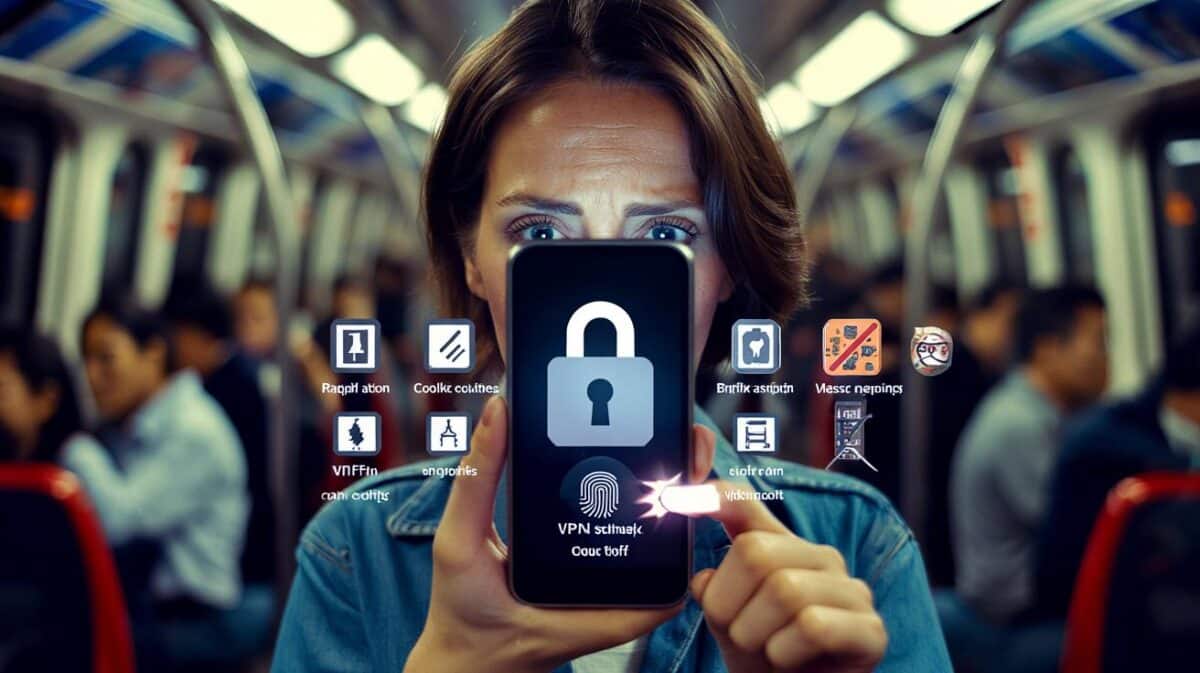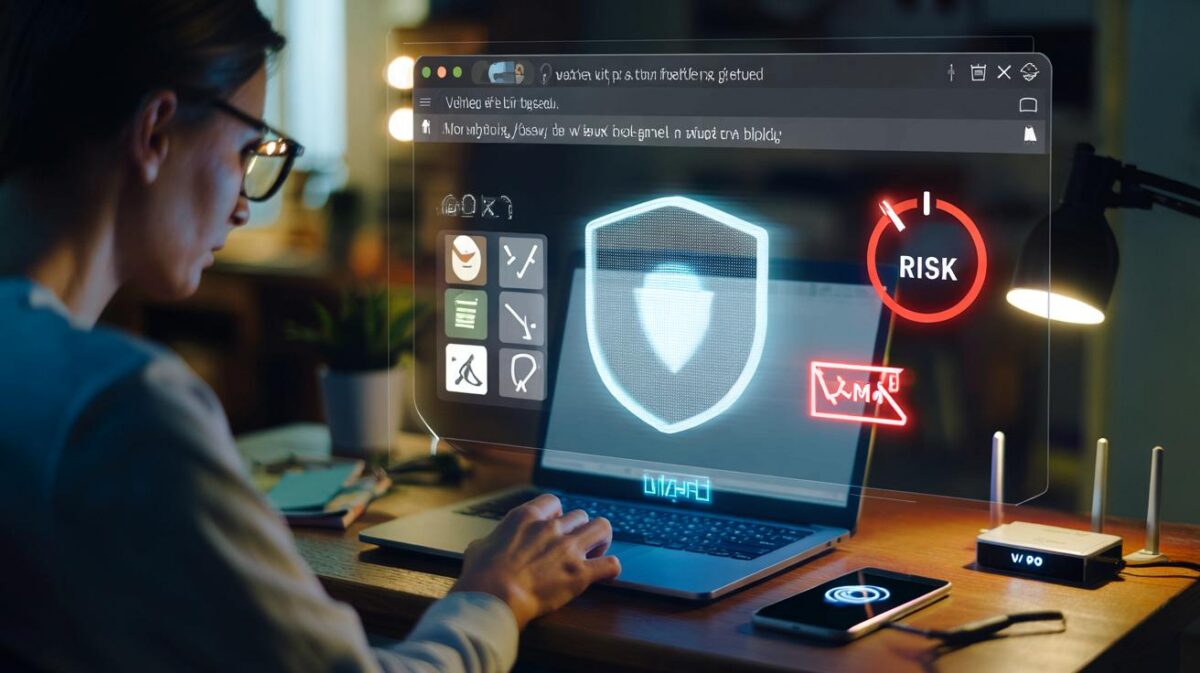You can restore calm and speed without touching a tired button.
Android hides two reliable routes to restart your phone without pressing hardware. They take seconds, reduce wear, and help you avoid a costly repair.
Why restarting helps more than you think
A restart clears temporary files, resets misbehaving services, and reloads radios that can drain your battery. It often fixes heat, lag, app crashes, and flaky Wi‑Fi or Bluetooth. Many technicians recommend a weekly restart; set a routine, such as Saturday morning, and you’ll notice steadier performance.
- Free memory used by cached processes, improving responsiveness in under a minute.
- Break potential malware persistence in RAM and restart security services.
- Reset radios and stacks that can cause slow data, call drops, or hotspot failures.
- Reduce cumulative stress on components that run hot for prolonged periods.
Restarting weekly can cut random app crashes and radio glitches, and it may shave a few percentage points off daily battery drain.
The two easy, no-button methods you can use today
Both options below trigger the standard power menu without a long press on the physical key. They work on most phones running Android 12 or later, including Pixel, OnePlus, Motorola, and many Nokia models. Samsung devices running One UI show similar controls.
From the notification shade
This is the fastest method and needs no setup.
- Unlock your phone and swipe down twice from the top to expand Quick Settings.
- Tap the power icon in the bottom corner of the panel.
- Choose Restart and confirm if prompted.
Expect a minute of downtime while services reload and the modem re-registers on your network.
No hardware required: the Quick Settings power icon opens the same system restart menu as a long press.
Using the accessibility menu
If reaching or holding buttons is painful or awkward, the Accessibility Menu adds a persistent on-screen shortcut.
- Open Settings > Accessibility.
- Tap Accessibility Menu and turn it on. Allow the shortcut when prompted.
- Pick your trigger: a floating on-screen button or a two-button shortcut.
- Tap the Accessibility shortcut, choose Power, then tap Restart.
You can adjust the shortcut’s size and transparency so it stays handy without getting in the way.
| Method | Setup needed | Works when screen responds | Good for |
|---|---|---|---|
| Notification shade power icon | No | Yes | Quick restarts with one hand |
| Accessibility Menu shortcut | Yes (one-time) | Yes | Reduced strain, large on-screen controls |
When your screen won’t cooperate
If the touchscreen freezes or the UI won’t open Quick Settings, these no-button tricks may not help. Try this sequence to regain control without using the power key:
- Connect a charger or USB cable to wake the screen and prompt a charge overlay.
- Wait 20–30 seconds for system services to settle, then try the Accessibility shortcut.
- If the overlay blocks taps, unplug and replug the cable to refresh the UI, then retry.
For full lock-ups, many devices still require a forced reboot using a hardware key combination. If your power button is unreliable, consider repair before you’re left without a fallback.
Protect your hardware and save money
Repeated long presses add up. Power button assemblies can fail after heavy use, and repair quotes often land between £80 and £150 depending on the model. Shifting daily actions to on-screen controls reduces wear and keeps your device in service for longer.
- Wake the phone with tap to wake or lift to wake instead of the power key.
- Use the notification shade or Accessibility Menu for restarts and shutdowns.
- Set a screen timeout that suits your habits to minimise wake/sleep cycles.
- Enable a PIN or biometric lock so you avoid repeated failed unlock attempts that trigger restarts.
Small habit changes save real money: reducing physical key presses can avoid a £120 mid-life repair.
Extra ways to keep your phone running smoothly
Scheduling helps. If your phone offers an auto-restart feature (common on Samsung under Battery and device care), set it for a quiet time once a week. Pixel and many stock Android phones lack this, so add a calendar reminder or use a routine app to prompt you to use the shade icon every Saturday.
Heat management matters. A phone that runs hot will throttle and feel sluggish. Strip rogue background tasks by checking battery usage and uninstalling apps that hog resources. Keep at least 10% free storage so the system can write logs and cache updates. After large app updates or OS patches, restart once to stabilise services.
Common questions answered
Will restarting delete my data?
No. A restart refreshes the operating system and memory. Your apps and files remain intact.
How often should you restart?
Once a week suits most people. Heavy users who record video, game, or tether regularly may benefit from twice-weekly restarts.
Does this improve battery life?
It can. Clearing runaway processes and reinitialising radios often trims idle drain by a few percentage points over the next day.
What if I rely on alarms?
Set restarts for times away from wake-up alarms. Most alarm apps survive a reboot, but testing prevents surprises.
If you need more control
Power users can script restarts with automation apps that surface the power menu, then wait for your confirmation. Avoid tools that claim to reboot without user action unless your device is enterprise-managed; they often require root access and raise security risks.
For ageing devices, a practical plan pairs weekly restarts with a spring clean: remove unused apps, update everything, and review permissions. The combination addresses slowdowns from both software clutter and long uptimes, and it keeps you off the repair bench for longer.









Wow, had no idea the Quick Settings power icon opens the same menu. My Pixel’s button is mushy at 2 years; this could save me a £100+ repair. Setting a Saturday reminder now. Also good call on heat—my phone always perks up after a reboot.
Does this work on Android 11 or only 12+? My mom’s Moto G is stuck on 11.